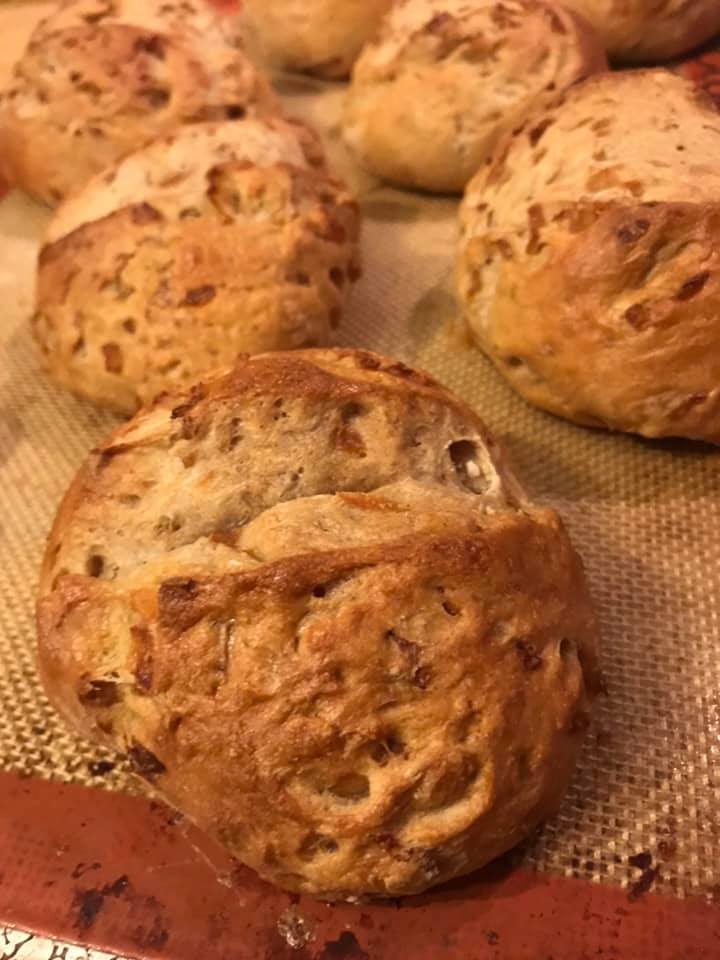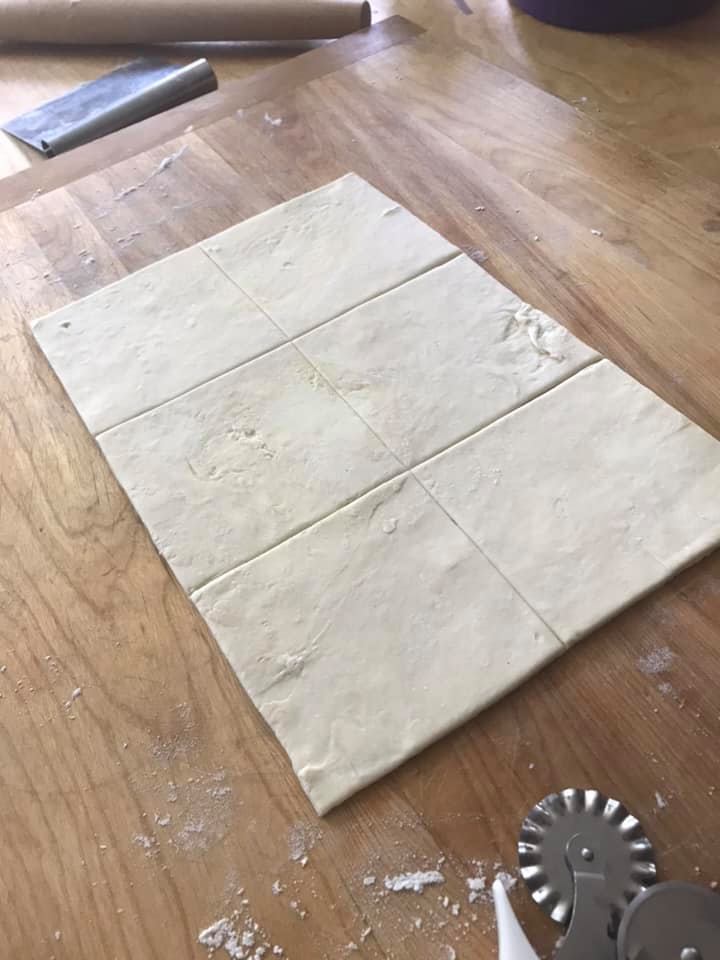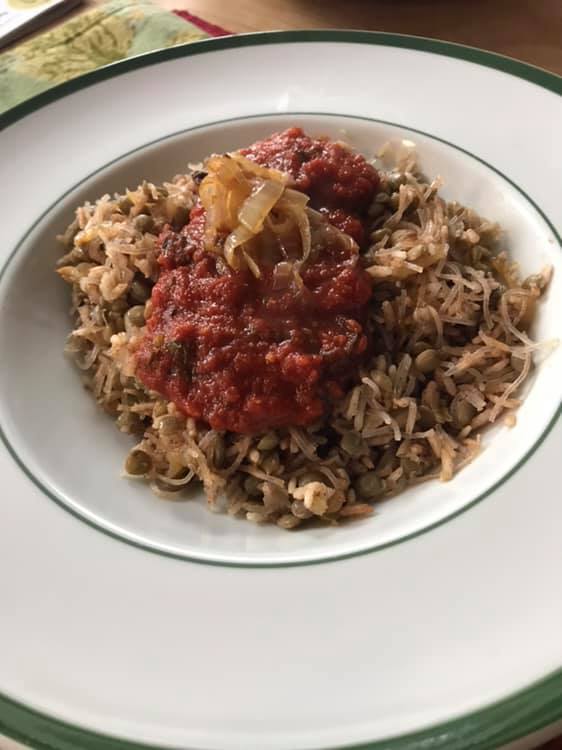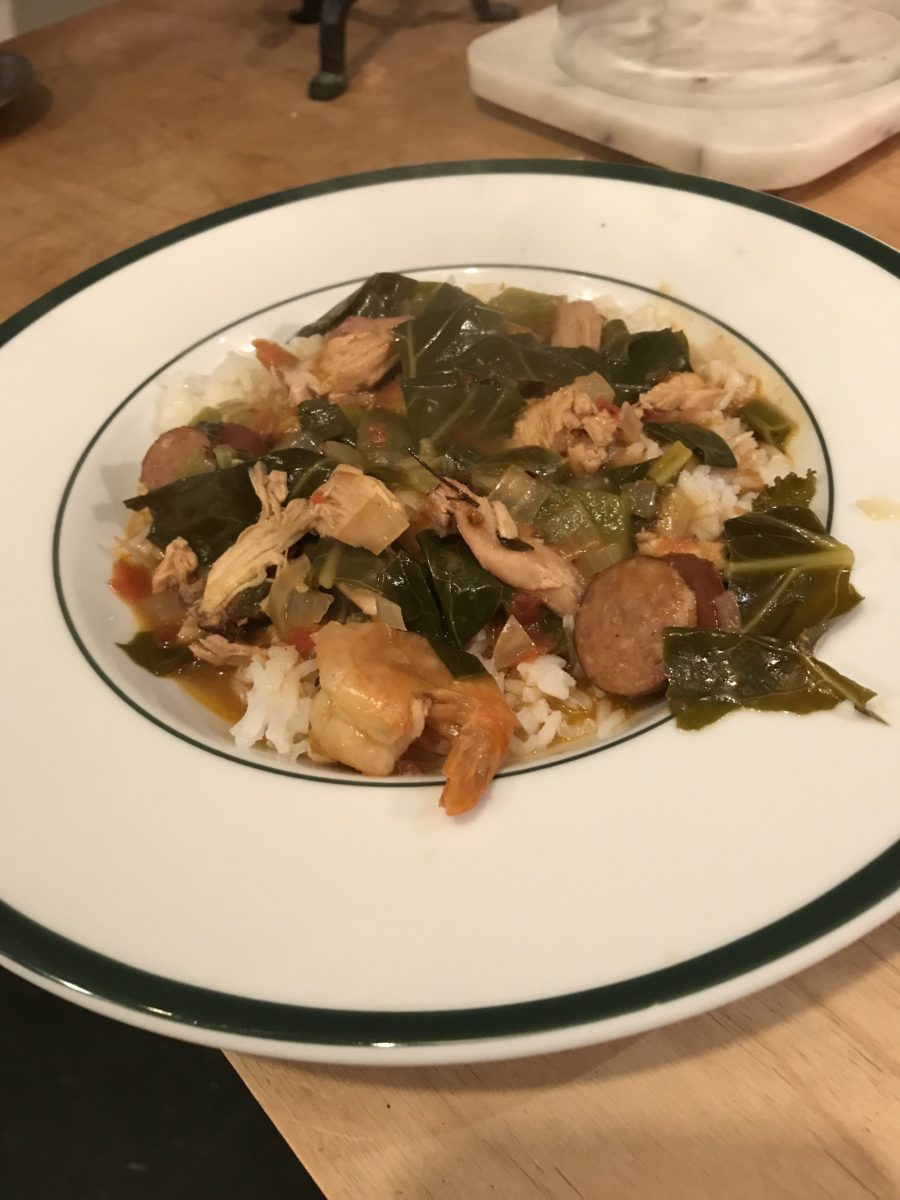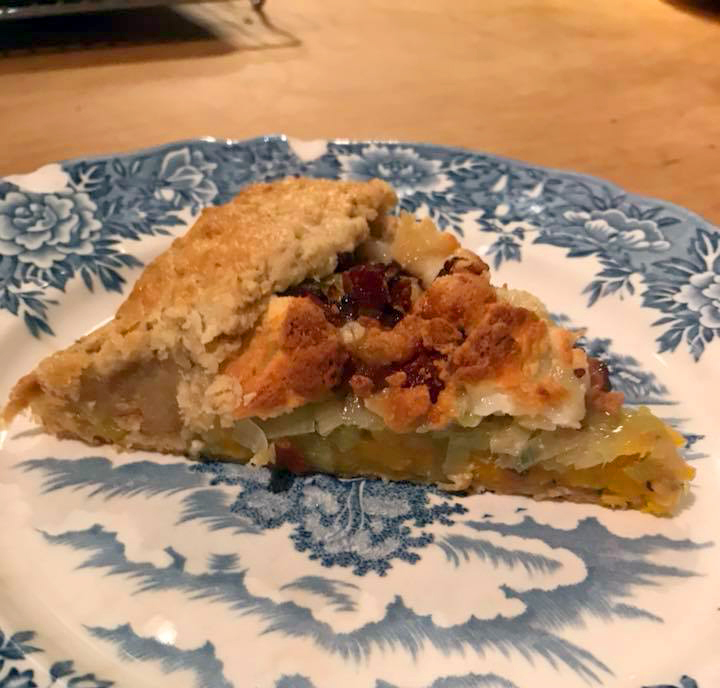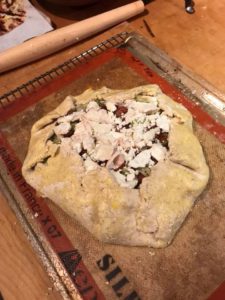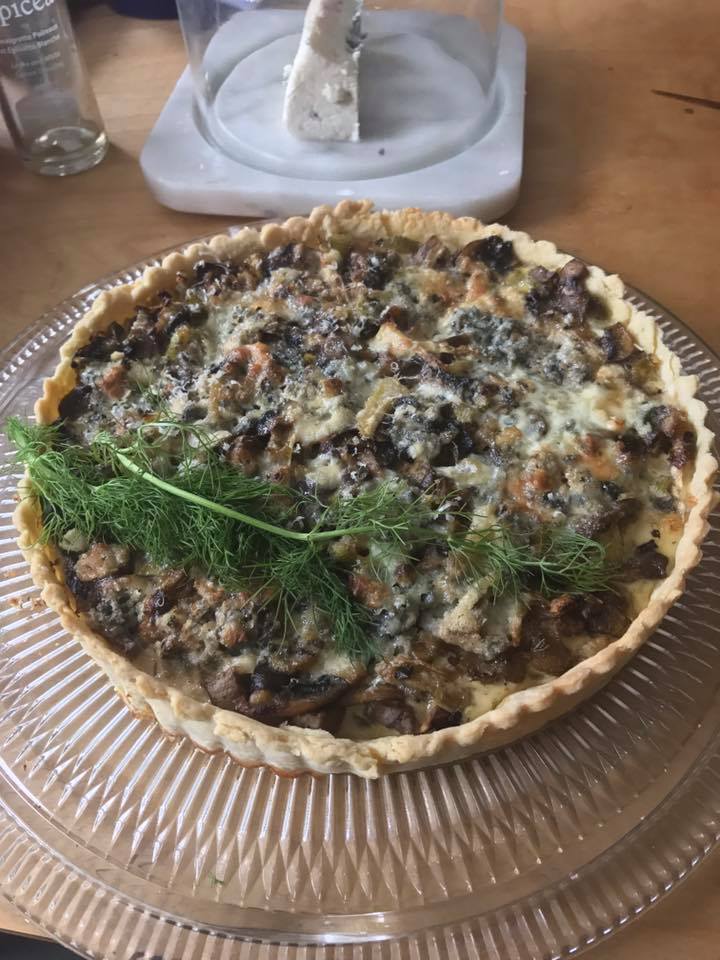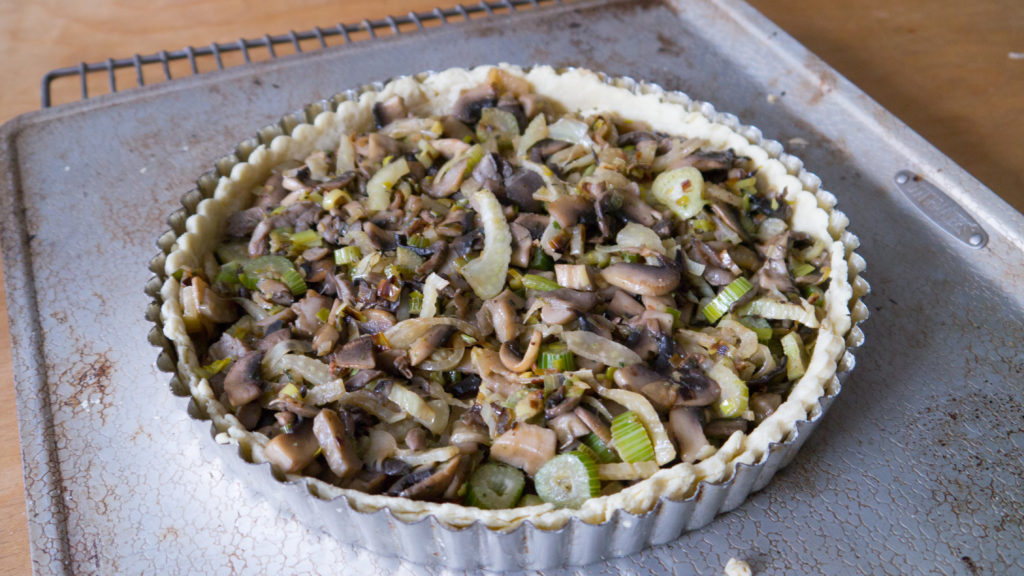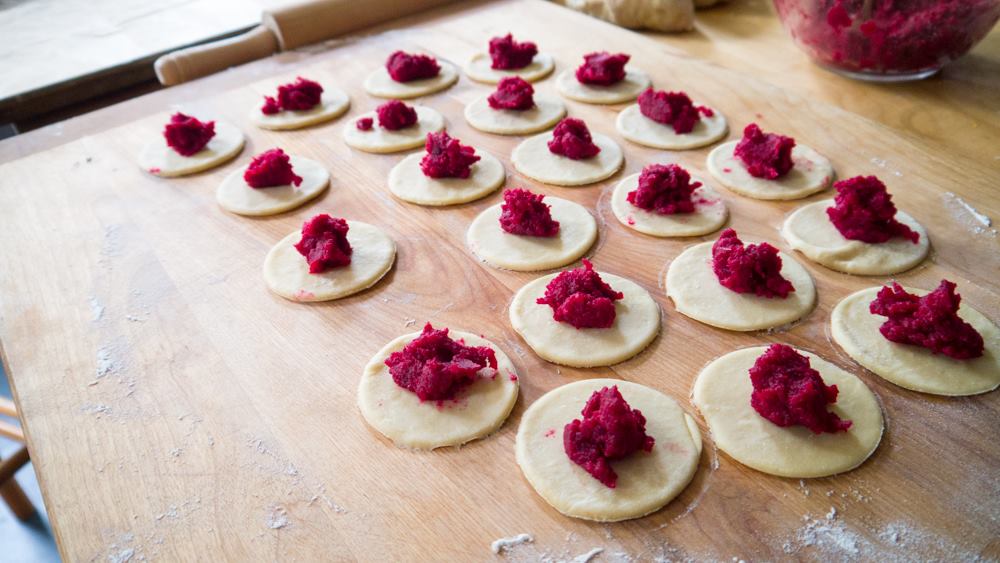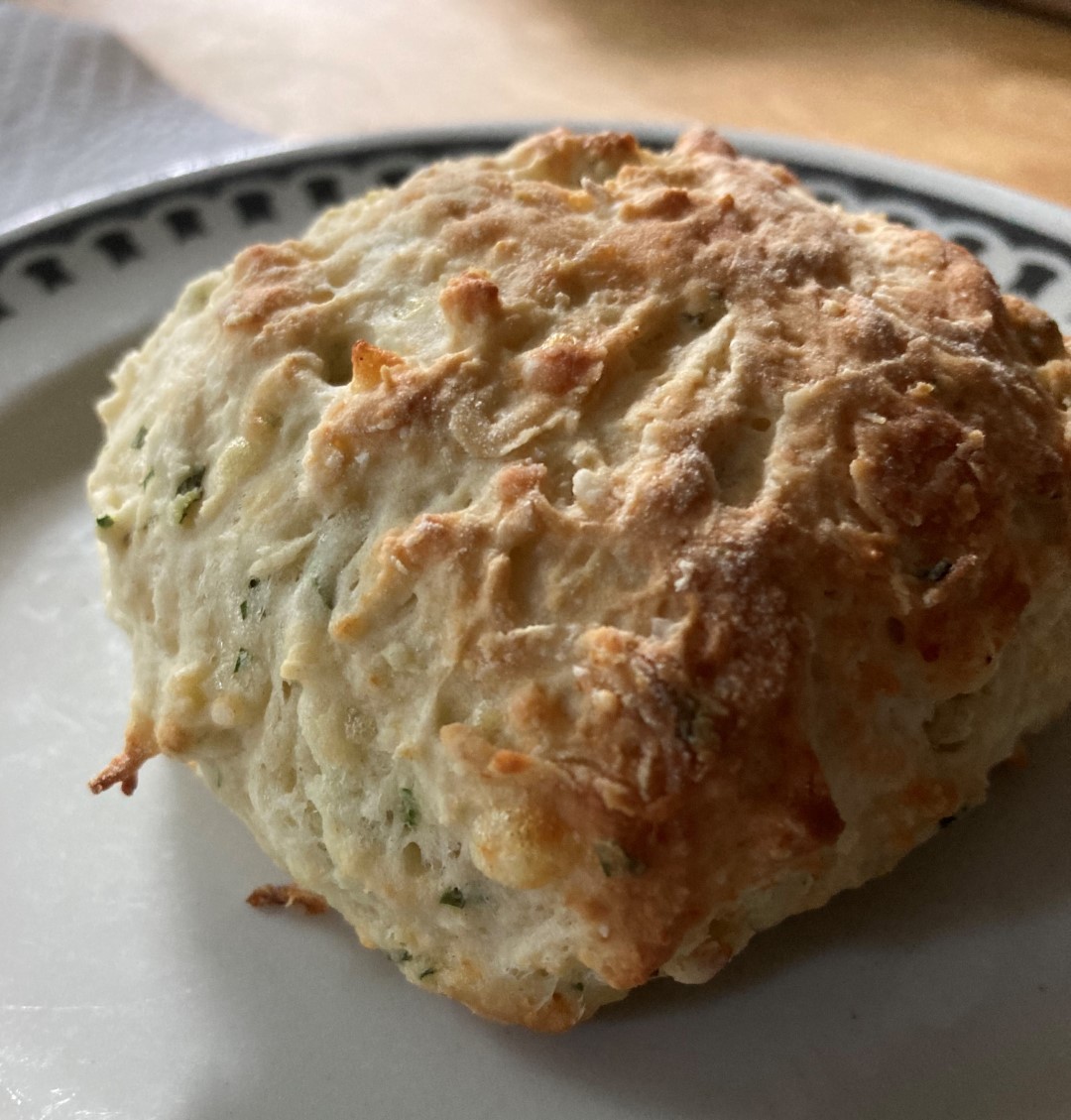I’d been messing about with potato bread, and found that often it was used as the base for onion rolls. I love a good onion roll, so, after reading several recipes, I came up with my own.
Ingredients
- two medium yellow onions, diced
- 1 tbsp butter
- 1 medium (12 oz. to 1 lb) baking potato, peeled
- Water
- 1 tsp active dry yeast
- 1 tbsp white sugar
- 1-1/2 cups rye flour
- 1-1/2 cups white flour, plus additional as needed
- 1 tsp. salt
- 2 eggs, room temperature
Instructions
Melt the butter over medium heat in a pan large enough to hold all of the onion. Cook, stirring frequently, until reduced and brown, but not jammy. 20-30 minutes. Remove from the heat and allow to cool.
Cut the potato into pieces, cover with water and boil until tender, 20-30 minutes. Reserve 1-1/2 cups of the water. Put the potato through a ricer or food mill into a large bowl.
When the water is lukewarm, add the yeast and sugar, stirring to mix. allow to stand for a few minutes, until it looks foamy and smells yeasty. Add the rye and white flour, and salt to the potato, stir to mix, then add the water. Beat one of the eggs and mix with the dough. Stir in the onions until thoroughly combined. The dough should be soft and slightly sticky, not tacky. If it feels too wet, add additional white flour, a few tablespoons at a time, until the dough feels soft and silky.
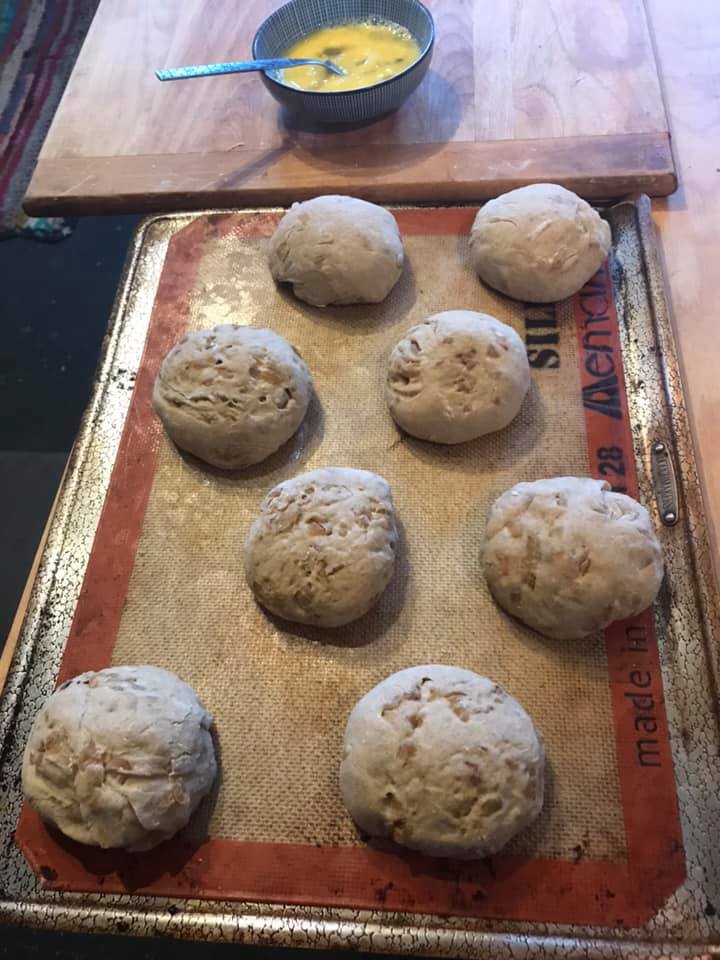
Cover the dough and allow it to rise to double in size, 2-3 hours, depending on the temperature and condition of your yeast. Gently deflate the dough, divide into eight equal portions. Place on a baking sheet lined with parchment. Cover with plastic wrap and allow to proof again, another 45 minutes or so. Preheat the oven to 350 degrees.
Beat the remaining egg with a tablespoon of water. Brush the rolls with the egg wash, then slash once with a sharp knife. Bake for 30 to 40 minutes, until the rolls have risen and turned a deep golden brown. Remove to a rack and cool.
